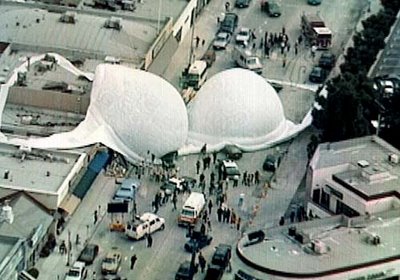This post was written in the immediate days after the loss of Sandra Bland’s life. It was originally written for and shared on NotMyTaboo.com (originally published on 06 Aug 2015).
I haven’t had much interaction with the Waco Police Department during my years here. We crossed paths during my time at the Family Abuse Center when they came to assist with incidents, and I have approached them to seek assistance or call 911 when I’ve observed trouble. I pay attention to the Department’s Facebook page and I greatly appreciate the active presence that they maintain online – providing information to the community, warning us when they are out with radar guns on I-35, and even making fun of police-donut stereotypes.
Due to unjust, tragic circumstances, I have posted several Facebook statuses showing my support and deep belief that Black Lives Matter and Black Rights Matter. I have found myself enraged far too many times after watching dashcam and cell phone footage depicting police officers profiling, struggling to assert their “authority,” and making dangerous decisions that fall outside of the law and their training, often resulting in the loss of lives that had the right of innocence until proven guilty, the right of due process, and the right to be spared of excessive force. With the recent conversation focused on Sandra Bland, my hurt for people – black people, brown people, fellow human people – has swelled even more and is hanging heavy over every passing day.
With instances of police brutality surfacing regularly, I have been experiencing this nagging feeling to have a conversation with the Waco Police Department. In my experience, in my white experience, the Waco Police Department seems to be quite a solid organization. The tragic Twin Peaks biker shootout did cause some questions though; pictures started popping up on social media comparing how Waco PD handled the arrest of 170 biker gang members who had just had a public shoot out resulting in 9 dead and 18 wounded, to other police departments exerting excessive force over black individuals and black crowds protesting.
I do not believe that these are exact parallels that we can draw and project onto the Waco PD (but there is a greater cultural, racial conversation to be had). I would first have to see how Waco PD handles the arrest of 170 black bikers first, how Waco PD handles primarily black protestors, or how Waco PD handles a black male running from a traffic stop. When it comes to the Waco Police Department, I want to have a conversation. I want to ask what the Department is doing right now to prevent a Sandra Bland style arrest here. I want to know what training is occurring to ensure that a child like Tamir Rice is not gunned down. Can we please have an open, community conversation before the opportunity presents for a black man to say, “I can’t breathe?” We do have a race issue in the United States and it will never improve if we do not get in front of it. We need to have open conversations before tragedies happen. These conversations need to include white privilege as it pertains to encounters with the law, the black community’s experience with police, and community perceptions of police. We need to educate the public about our rights for when we are stopped by police and we need to ensure that our police officers remember that they are to be peace officers.
Wacotown, I love you. This is a town with many strengths and many opportunities for growth; I want to celebrate where Waco succeeds and I want to dig in where Waco needs a boost. As a white woman, I have a positive perception of the Waco Police Department and I perceive the department as a community strength. I want to make sure that is the perception of those who are not white, and I want to be sure that our Police Department is remaining proactive so that we do not have to become reactive when it comes to racial inequality and community policing.



